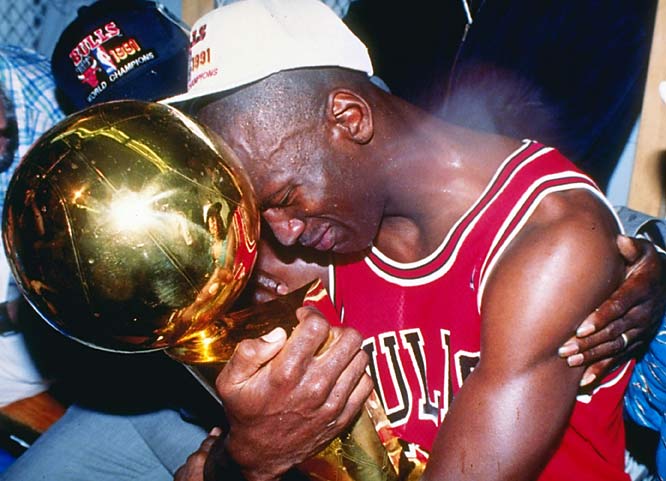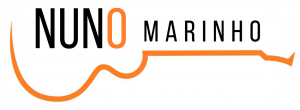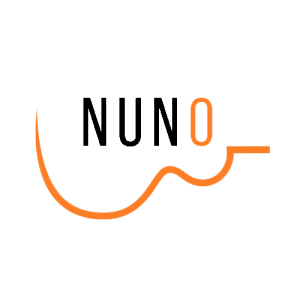The process of acquiring higher skills revolves around design strategy. What is the best strategy to play an instrument, drive race cars, cook like a chef, practice professional sports, read books faster, travel around the world, set up a business and so forth?
This is called Meta-Learning, the process that allows quantum leaps in skill levels of an average student or practitioner.
Notice what skill really is: Skill consists in identifying important elements and grouping them in a meaningful framework. This is the equivalent to “Chunking”.
Think about learning to read. First you identify the letters. Then you join them in syllabus. Later you start forming words and only then you are able to read sentences fluently, without paying close attention to each letter of each syllabus, of each word.
When we start reading we chunk small amounts of information building bigger and stronger connections. The same happens when reading a music score or playing an instrument. Small focused chunks of information are formed, built and later rearranged and deconstructed in order for us to use it creatively in new unprecedented ways.
Deep practice revolves around grouping information, aka: Chunking. This mental organization is fundamental to identify patterns and is composed by the following 3 rules:
- The task is approached as a whole, one single chunk: look at a musical phrase as a whole – execution by imitation.
- The task is divided in the smallest possible chunks: play it note by note adding one more note in each repetition.
- The task is slowed down and speeded up in order to learn its inner architecture: play with time to favor more precision or more challenge in execution.
When you are absorbing the entire task as a whole you have to stare at or listen to the desired skill – the song, the move, the swing as a single coherent entity. This is, actually, the first contact one has to Mindfulness! Undivided attention in order to absorb a picture of the skill until you can imagine yourself doing it. This visualization exercise can be perceived as conscious or unconscious imitation and, definitely, as a powerful practice strategy.
For a common person, Michael Jordan is easily identified as the most prolific basketball player in the history of the sport. For the attentive basketball fan, however, Kobe Bryant is regarded as the most proximate sport figure basketball could have to Michael Jordan.
In an interview, Jordan stated that he could beat any player in the history of the game. “I don’t know about Kobe cause he stole my moves”, Jordan says in a humoristic style.
The resemblance of Kobe’s style to Jordan’s playing is evident. Can you imagine how many hours of basketball Bryant watched Jordan play? His visualization process had to be so accurate, deep and mindful that he unconsciously started putting himself in the same situation of an outstanding person imagining doing what he saw Jordan doing.
Unconscious imitation is fundamental to absorb the essence of a movement. Watching videos of your favourite artists can boost your learning rate. Analyse it repeatedly – and mindfully – and you’re off to achieve mastery.
Think about “Actor Studio” acting method and the art of the Stanislavski System which emphasized the practice of connecting to a character by drawing on personal emotions and memories. First you see it as a whole, then you practice what you see, reproducing the move, the feel and the intention with maximum detail possible.
Keep in mind that it is indispensable to go through the desired skill in a slow, precise and paced motion, using a certain amount of repetitions that contribute to the gain of accuracy. Technique is everything.
For more on the subject check “The Talent Code”, by Daniel Coyle



